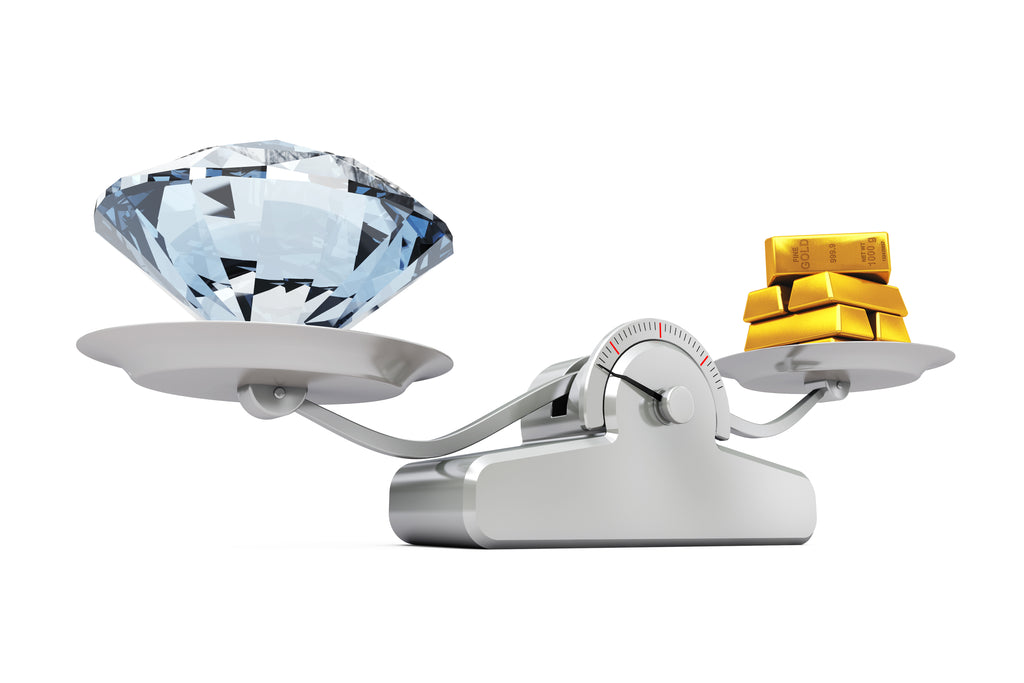Carat, Karat, and Carrots!
Posted by : David Brewer /
It's all so confusing.
One you weigh, one is for purity, and well, the last one you eat.
If you already know the difference you probably work in the jewelry industry. If not stay tuned we'll break it down for you.
Carat. First used around the 15th century and from the French word carat. Apparently the French stole it from the Italians who called it Carato. They stole it from the the Arabic word qīrāṭ. The Arabs borrowed it from the Greeks who used the term as a measure of weight equal to a Carab seed.
It was thought the Carab seed which was fairly abundant, was a very uniform and consistent weight. It turns out the carab seed isn't much more uniform than most natural seeds.

So the "carat" is a unit of mass equal to .2 grams. Around the 1570's it was used to measure diamonds and then gems and pearls.
Karat. The Roman Emperor Constantine minted a coin called the Solidus. Roman soldiers were paid in Solidi (plural) and this is where the word "soldier" is derived.
The weight of this gold coin was equivalent to 24 silver siliqua coins. Siliqua is derived from siliqua graeca, and refers to the measurement derived from the seed of that same carab tree.
So why do we refer to gold jewelry having a "karat" purity? Well in 1873 the Germans created a coin called the Mark. It weighed 24 carats. Because it was pure gold that became synonymous with the purity.
Since pure gold is too soft for jewelry there are other metals mixed with it to strengthen and change it's color. The ratio of other metals to pure gold gives you the karat of the piece. If your ring is 14k then you divide 14 by 24 to get 58%. That is how much actual gold is in your ring.
Carrot. This is that long orange thing your mom made you eat to improve your sight.
We have a strong suspicion this question will pop up in your next Trivial Pursuit game so don't forget.
